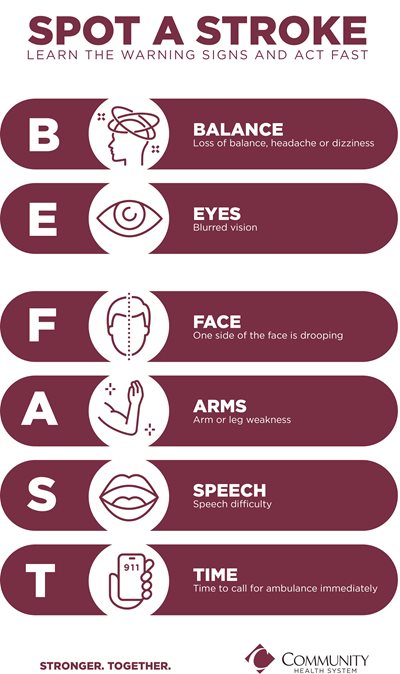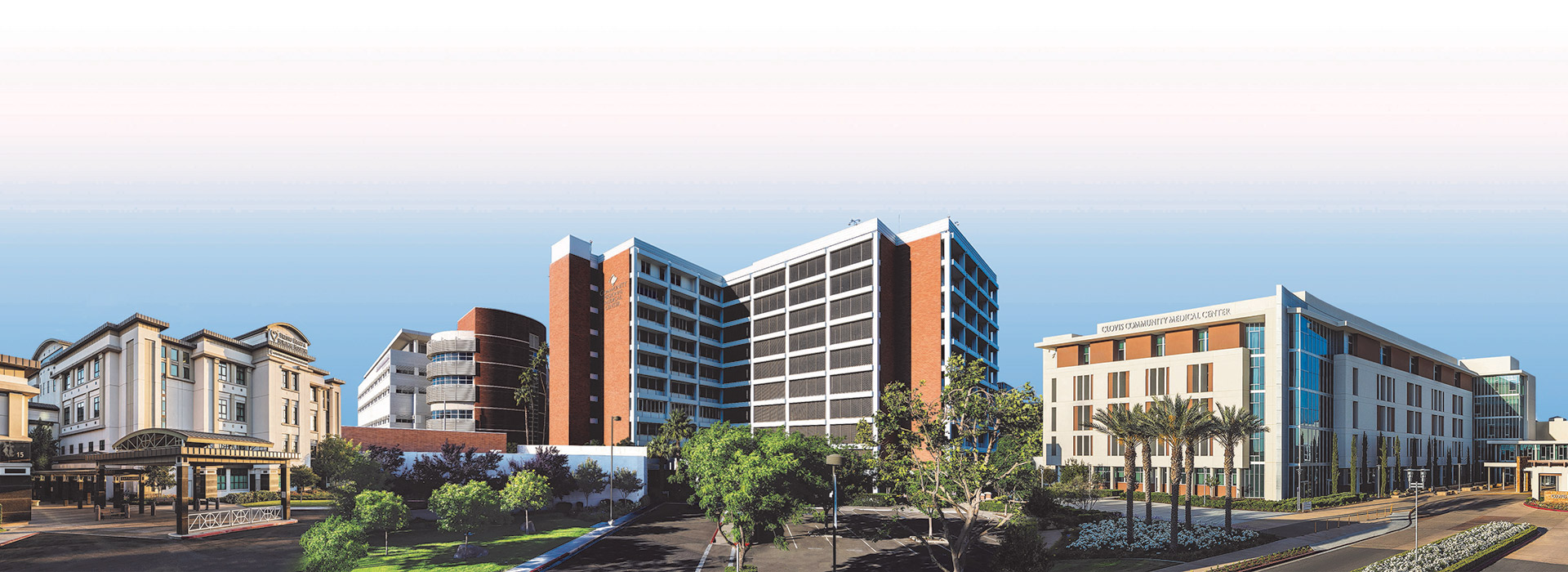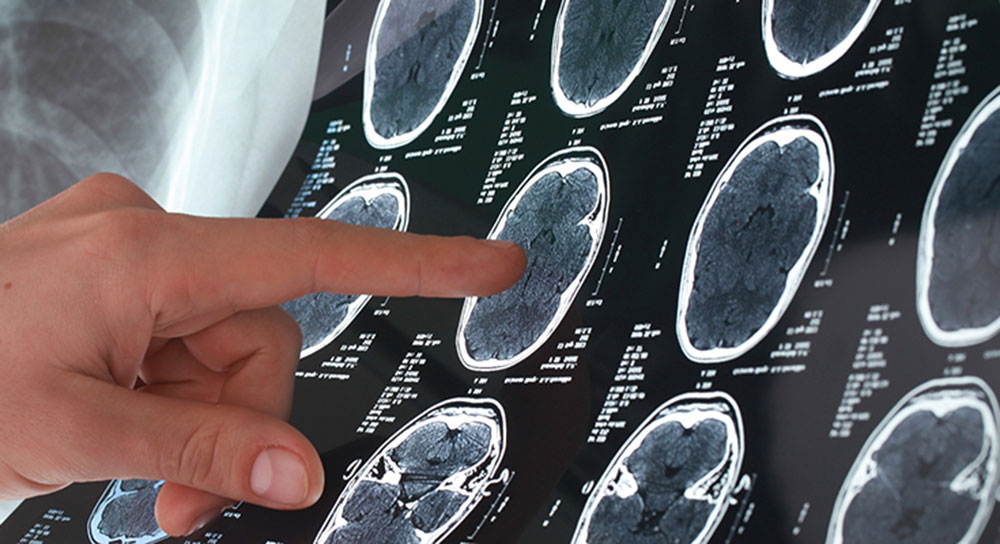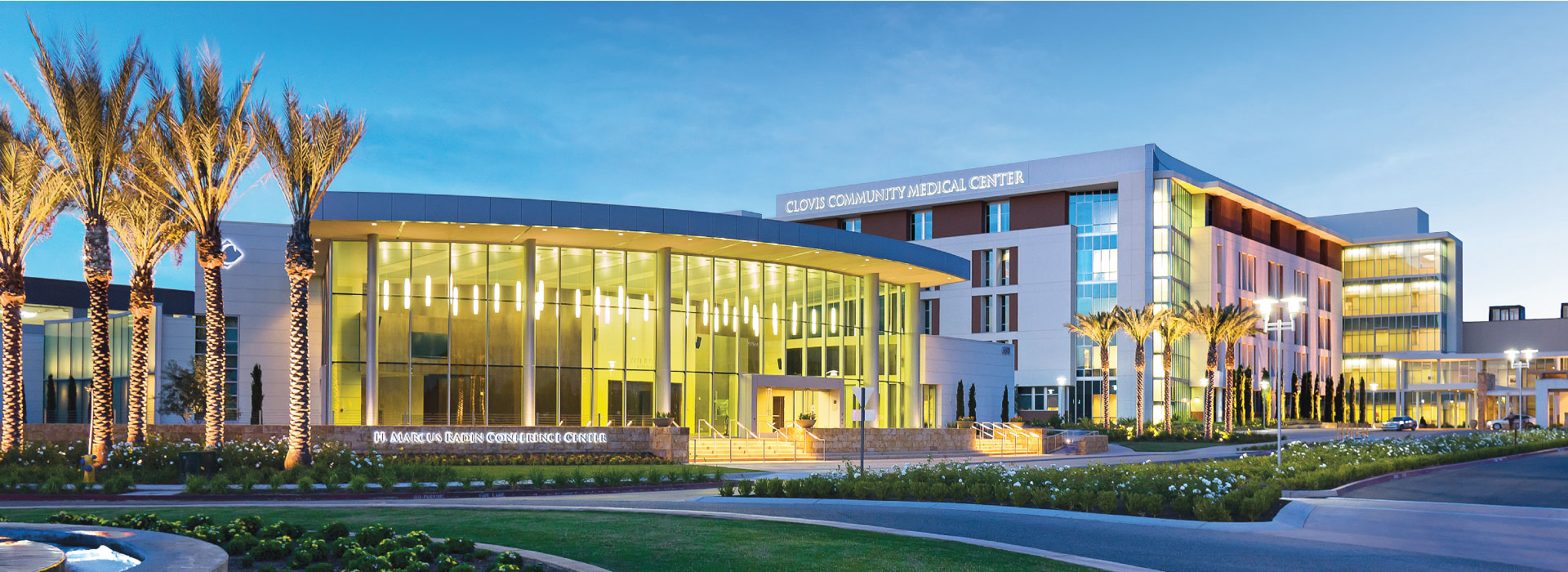When I was accepted to medical school I knew neurology was my calling and caring for stroke patients became my life’s work. It took eight years of postgraduate education to achieve this goal, and now I spend every day treating and working with stroke patients.
Though my job is rewarding, the lack of knowledge within the general and medical community about stroke can be frustrating. Each year there are more than 2,000 stroke patients in the Central Valley, we treat almost half of those at Community Regional Stroke Center. If I can reach just a few of you or your families and educate them about stroke I feel I can help lower that number or improve the outcomes for many.
Every year almost 800,000 Americans will suffer a stroke. The good news is that many strokes can be prevented by working with your doctor to manage risk factors such as high blood pressure, high cholesterol, smoking, diabetes, obesity, and heart disease.
 Stroke is the third leading cause of death and a leading cause of adult disability in this country, yet fewer than one in five Americans can recognize a symptom of a stroke. Learning the signs and symptoms is imperative to good hospital outcomes – maybe your outcome.
Stroke is the third leading cause of death and a leading cause of adult disability in this country, yet fewer than one in five Americans can recognize a symptom of a stroke. Learning the signs and symptoms is imperative to good hospital outcomes – maybe your outcome.
The earlier you can get to the hospital, the higher your chances of receiving appropriate treatment and having a good outcome. For every minute that brain cells are deprived of oxygen during a stroke, the likelihood of permanent brain injury increases.
Stroke can happen to anyone, anywhere, regardless of age, gender or race. May was national stroke awareness month and we tried everything possible to raise awareness. So here’s my attempt at starting early for next year’s awareness campaign.
What to look for
A stroke or “brain attack” occurs when blood and oxygen flow to the brain is interrupted by a blood clot or a broken blood vessel. This kills brain cells in the immediate area, often causing physical and emotional disabilities including speech problems, memory loss and paralysis.
Acting F.A.S.T. is key to receiving proper treatment. When you recognize the symptoms, act immediately by seeking emergency medical attention. Here are some F.A.S.T. tips:
F= Face Ask the person to smile. Does one side of the face droop?
A=Arms Ask the person to raise both arms. Does one arm drift downward?
S= Speech Ask the person to repeat a simple phrase. Does the speech sound slurred or strange?
T=Time If you observe any of these signs, then it’s time to call 9-1-1.
Emergency treatment with a clot-busting drug called t-PA can help minimize or completely eliminate these disabilities, but it must be given within three hours of the onset of symptoms. Some facilities, like ours, also offer interventional procedures to assist with clot retrieval and “clot busting” administration. These patients can be treated up to six hours. It is important to know about your local hospitals and which ones offer acute-stroke care.
Studies show that stroke patients who arrive at the hospital by ambulance receive quicker treatment than those who arrive by their own means. But where are the best hospitals to go to for the treatment of stroke?
There are numerous hospitals across the country that have been certified as stroke centers, and specialize in the treatment of stroke. This designation goes to hospitals that make exceptional efforts to foster better outcomes for stroke care, and whose quality of care is effectively managed to meet the unique and specialized needs of stroke patients.
To find a certified primary stroke center in your area please visit www.stroke.org and click on the Joint Commission emergency stroke center locations.
Tanya C. Warwick, M.D.
Dr. Tanya C. Warwick 's editorial appeared in the Fresno Bee newspaper on June 17, 2010.





.jpg?ext=.jpg)
.jpg)